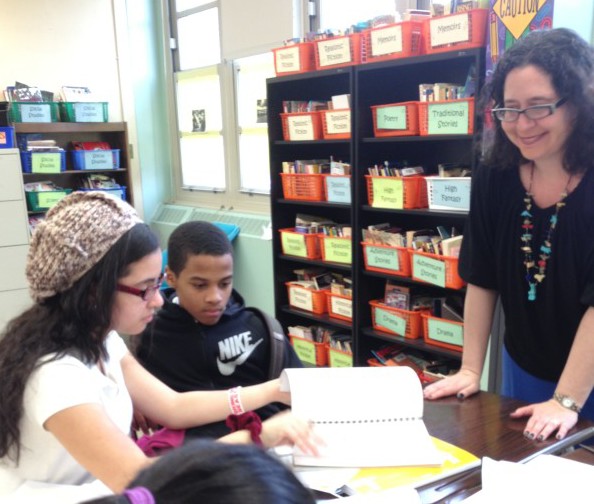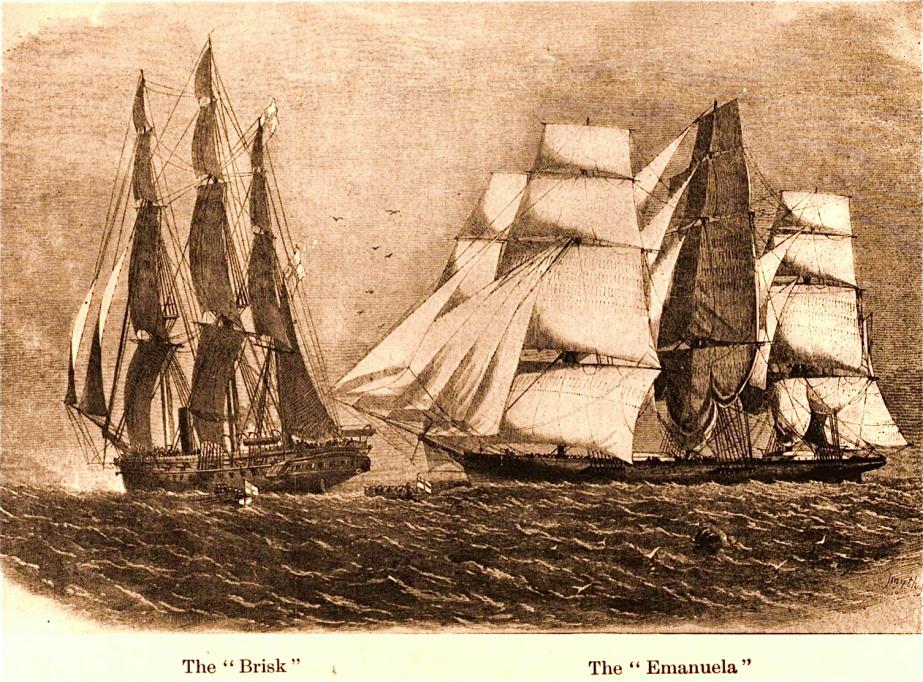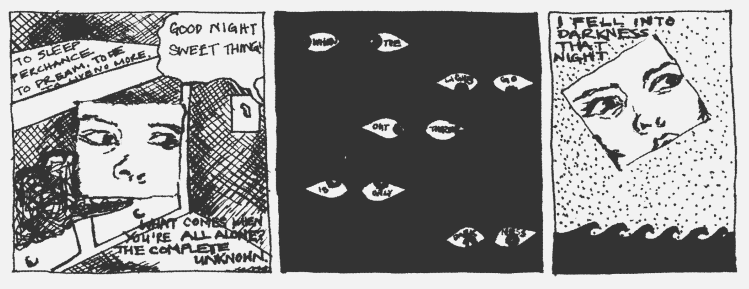Sarah Guayante, a student at St. John’s University and a T&W editorial intern, is interviewing teaching artists who take part in the TATIP* program. Joanna Fuhrman, a poet teaching with Teachers & Writers Collaborative, attended the Teaching Visual Arts and Creative Writing Workshops seminar facilitated by Kai Fierle-Hedrick of FreeArts NYC and Sarah Dohrmann of Teachers & Writers Collaborative.
Teachers & Writers: When you are in the classroom, what are the most important things about writing you want to communicate to your students?

Joanna Fuhrman: I always start my residencies with dream poems. I like to talk about how a poem is like a dream, and anything can happen in a dream and anything can happen in a poem. The main thing I want to communicate is the freedom of poetry. I think students are so restricted in their everyday life that they’re just dying for the freedom.
I’m always teaching, whatever the grade, the idea of an image. For me, that’s probably the most important thing to think about when you first start writing poetry. The way I’ve been framing that is to think, “How is a poem like a picture? How is it different than a picture?” In a picture, things are still. But, in a poem, obviously it’s still made of images, but things can move, and they can smell, and you can hear them. There are all of the senses involved.
T&W: What’s your strategy for approaching the question of how a poem is like a picture?
JF: Kids’ answers are not going to be the same as my own and I’m going to learn a lot from that; I have learned a lot from that. I like having a little space in the room to think about things a little more abstractly because students will often say, when you ask them how a poem is like a picture, “They both express emotion.” It’s interesting because it’s not really clear how a poem or picture conveys emotion. It’s interesting to think about what the means are to do that. If something is a tree, how is that expressing emotion? I think it’s a big question for any age.
T&W: In your experience, what does including arts education in the curriculum give to students?
JF: There are so many different genres and each one gives students something particular and important. I think poets have a particular relationship to language that’s important for students to have access to, because language, most of the time, is used in such a useless fashion. There are so many ways in which language is alive, and people forget that. Poetry is really important in bringing that to students. But all of the arts are important in terms of being a human being, which means being able not only to express yourself, but being able to enjoy art. If you’ve never really created art, you’re not able to enjoy it in the same way.
T&W: You mentioned the poet’s relationship to language. How would you define that relationship?
JF: Poets see the connotative meanings of words as much as the denotative. They see the language of each word as having a whole history and a whole range of associations that come along with it. That makes it richer in terms of each word’s existence, which has more of a force field and materiality around it. If you’re a poet, you think about how a word sounds in your mouth and that makes language a physical pleasure, in addition to an intellectual pleasure.
T&W: What do you think that knowledge of language brings to a student’s education?
JF: Poetry bridges the divide between the different parts of the mind in a way that few types of writing can. There are so many ways in which, intellectually, we’re divided. People have described it as left brain and right brain, Apollonian and Dionysian, logical and creative, analytical and lyrical. It’s all these dualities. Poetry unifies things and gives people a way of being whole.
T&W: What sparks your lesson plans? Are there any resources you use that you would recommend to other teaching artists?
JF: First, the Teachers & Writers website. But also, all of the Teachers & Writers’ books are so good. Poetry Everywhere, The List Poem, and Luna, Luna are some of my favorites.
T&W: How do you go about creating your lesson plans?
JF: I’m always trying to look for poems that have a relatively simple structure because a lot of students struggle with syntax. If there’s a syntax that seems easy to replicate, it makes starting a poem easier for students.
T&W: What was one way in which the TATIP seminar on Creative Writing and Teaching Visual Arts informed your teaching?
JF: In my college class, I already sometimes ask them quickly at the end what they thought the point of the lesson was. This time, I emphasized that I needed to spend a couple of minutes having my students write their experiences. We were doing a lesson about dialogue, and I had them write about the process, what they thought the point was, which was actually pretty interesting to me because they said a lot of things about the lesson that I hadn’t realized.
T&W: What was some of the feedback they gave you?
JF: This is an intro to creative writing class, so it’s fiction mostly. It was a lesson where they had to eavesdrop on dialogue for homework, and then, in pairs, they had to take the dialogue they eavesdropped and convert it into dialogue in a short story. The main point was how silence is created in dialogue. I gave them a handout talking about character stops, flashbacks, description, and gesture—all of the things in dialogue besides dialogue. They had to convert their eavesdropped dialogue into that as a pair. My goal was to get them not to write floating dialogue, where there’s no description at all and they just have a chunk of dialogue. But, what they got out of it was that anything can be the basis of a short story, which I thought was a great thing to get out of it. That was really cool and wasn’t something that I was planning.
*The “TATIP Cohort” is part of Community-Word Project’s eight-month Teaching Artist Training and Internship Program (TATIP). This select group of New York City arts education organizations is a partnership initiative to expand professional development not only for the TATIP students, but also for teaching artists working with these organizations. Our mission is to combine efforts to better prepare artists to bring arts to city classrooms. With professional development seminars that deconstruct the dynamics of teaching artistry in a variety of settings and focus areas, the January-May Saturday sessions are geared towards developing new ways of stimulating creativity and understanding in students.
The TATIP Cohort partners with Community-Word Project include:
Brooklyn Arts Council
Center for Arts Education
Dreamyard Project
FreeArts NYC
MagicBox Productions
Marquis Studios
Maxine Greene Center
National Dance Institute
New Victory Theatre
Teachers & Writers Collaborative
Wingspan Arts
Voices Unbroken
Teachers & Writers Magazine is published by Teachers & Writers Collaborative as a resource for teaching the art of writing to people of all ages. The online magazine presents a wide range of ideas and approaches, as well as lively explorations of T&W’s mission to celebrate the imagination and create greater equity in and through the literary arts.



